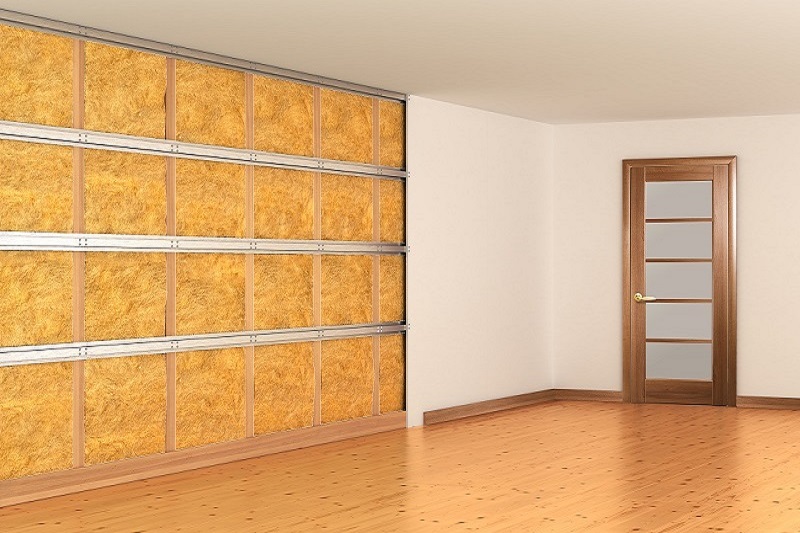All You Need to Know About the Acoustic Panels

The primary function of the Acoustic panel is to absorb or diffuse any excess noise that is not required in a place or for a certain purpose. Be it an office, other business places, a stadium, or even a library, the acoustic panels can always come in handy as they cut out the sound except what is needed.
When you use an acoustic panel, it starts working right from the beginning of a sound is generated or is about to make some resonance. So, if do a job where outside notice is an annoying thing or a rhythm-breaker element for you, using this device will keep the atmosphere clear, without noise. Also, as it is highly effective, there is no need to install a lot of acoustic panels; a single one is enough for a wide area.
Benefits of using acoustic panels:
Acoustic panels have a wide range of uses and can be utilized in a variety of settings, including workplaces. Either to aid enhance the sound quality of a room or to manage the acoustic environment, they can be utilized in different ways. These panels have further applications, including the provision of privacy and the mitigation of noise pollution.
Utilizing acoustic panels can result in several advantageous outcomes. The following are some of the most important advantages you get.
- Enhanced quality of the sound
- A good amount of reduction in the amount of reverberation and echo
- Traffic noise was significantly decreased because of the controlled acoustic environment.
- Works as a solution worth considering if you want to increase the quality of the acoustic atmosphere and provide a pleasant work environment for your employees
- Employees would be better able to focus on their work
- Productivity will increase
Different types of acoustic panels:
There are various kinds of acoustic panels. However, they all contribute to the same overarching goal. The dampening and scattering of sound waves. This not only makes the area more peaceful and nicer to be in, but it also has the possibility of increasing the quality of the sound. Several kinds of this device are-
- Acoustic foam panel:
The acoustic foam panel is without a doubt the most typical variation. These are constructed out of a sort of foam that is designed to be sound absorbing. They are available in a wide variety of forms and dimensions, and one can adhere them to the ceiling or wall using either screws or otherwise adhesive.
- Acoustic curtain:
One more common kind of acoustic panel seems to be the acoustic curtain, which is typically constructed out of a dense fabric that is effective in absorbing sound. These drapes can be hung from the ceiling or the wall, and they can also function as a divider between rooms. Feel free to contract roofing services san mateo, Ca.
Acoustic panels may be built using materials such as glass, wood, metal, or all of which help to distribute noise and help a room feel less reverberating. The function that you intend for the acoustic panels as well as the aesthetic that you want to accomplish will determine the style of panel that you go with. In offices and other areas where the acoustic panels would be visible, for instance, material acoustic panels are far more generally employed than acoustic foam panels. However, both types of panels are frequently utilized in environments where sound management is of the utmost importance. Acoustic panels made of wood can give a room a cozy and natural appearance even while helping to restrict the amount of sound that travels through it.
What about the installation?
It is possible to install acoustic panels in several different ways, based on the style and size of the panels.
- Mounting options for tiny ones, for example, those used to eliminate wall reflections, include the use of adhesive or screws.
- Larger ones, like those found on roofs or for the correction of a whole room’s acoustics, may need a suspension system to be put in appropriately.
- Panels can be freestanding pieces that are dispersed around a room, or they may be fastened to the ceilings or walls of a room using screws or an adhesive.
Conclusion!
To get the highest level of sound control possible, installation must be done correctly regardless of the type selected. When you are unsure how to correctly install these panels, it is in your best interest to seek the advice of an experienced specialist. Installing the panel incorrectly could result in poor technology which allows and potentially cause harm to the panel itself.